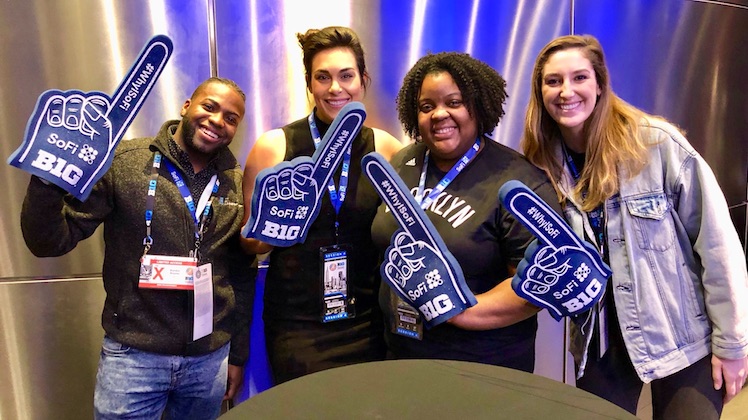Modern Marketing
Inside SoFi’s ‘VIP’ customer retention approach
- SoFi is banking on 'money can't buy' experiences to hook customers and attract new ones
- Marketing efforts need to be backed up by a product that continues to evolve to meet customer expectations








